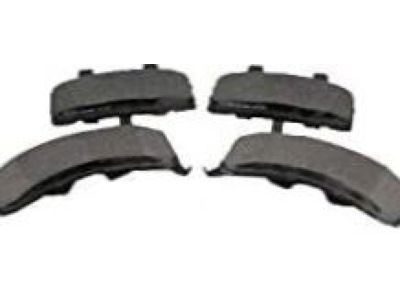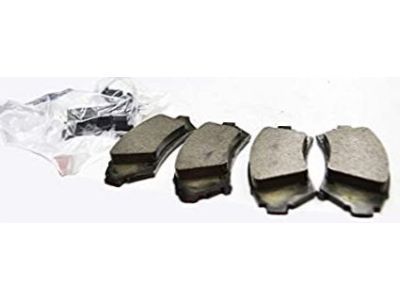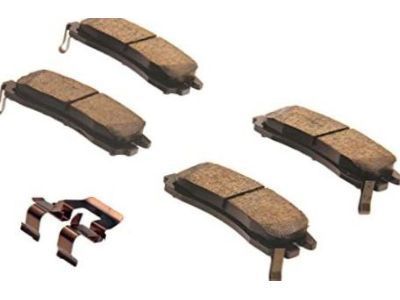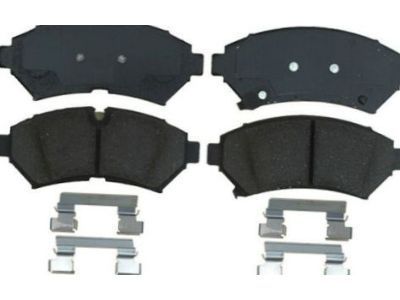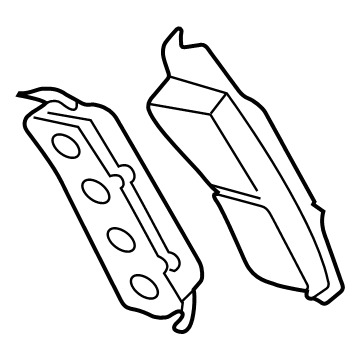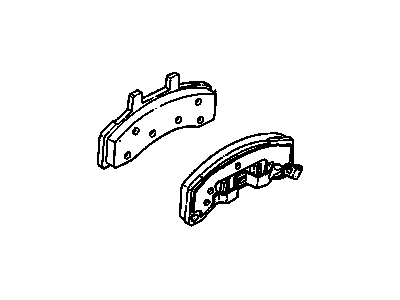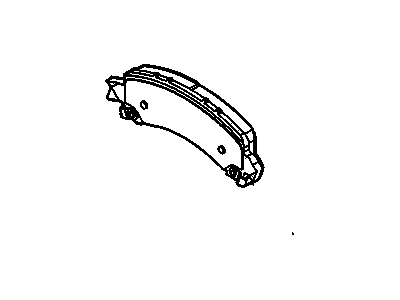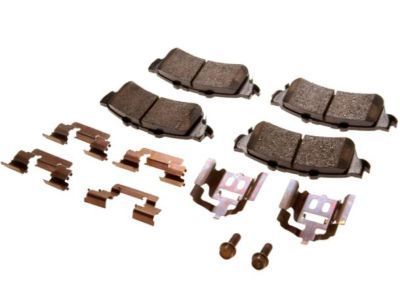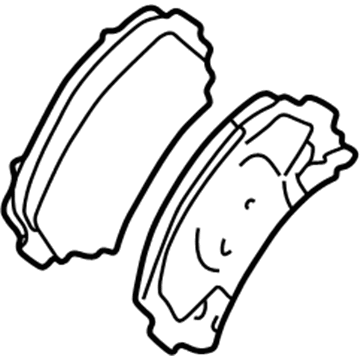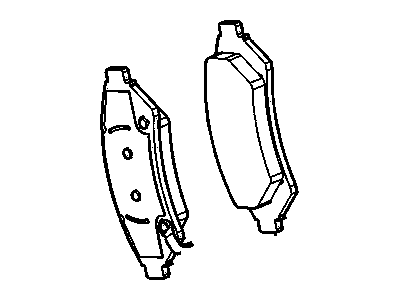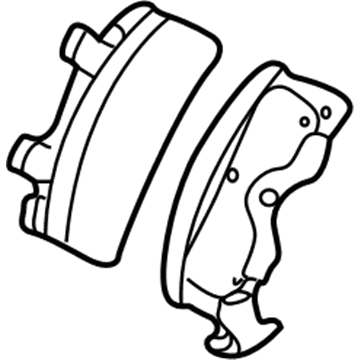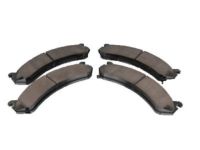
My Garage
My Account
Cart
Genuine Cadillac Deville Brake Pad
Disc Brake Pad Set- Select Vehicle by Model
- Select Vehicle by VIN
Select Vehicle by Model
orMake
Model
Year
Select Vehicle by VIN
For the most accurate results, select vehicle by your VIN (Vehicle Identification Number).
17 Brake Pads found
Cadillac Deville Pad Kit,Front Disc Brake
Part Number: 89026844$75.35 MSRP: $141.22You Save: $65.87 (47%)Ships in 1-3 Business DaysCadillac Deville Pad Kit,Front Disc Brake
Part Number: 19152666$69.57 MSRP: $136.82You Save: $67.25 (50%)Ships in 1-2 Business DaysCadillac Deville Pad Kit,Rear Disc Brake
Part Number: 19149251$45.94 MSRP: $126.84You Save: $80.90 (64%)Cadillac Deville Pad Kit,Front Disc Brake
Part Number: 19152643$45.94 MSRP: $126.84You Save: $80.90 (64%)Cadillac Deville PAD KIT,FRT DISC BRK
Part Number: 19432941$133.15 MSRP: $282.70You Save: $149.55 (53%)Cadillac Deville Pad Kit,Front Disc Brake
Part Number: 19152635$79.49 MSRP: $144.53You Save: $65.04 (45%)Ships in 1-2 Business DaysCadillac Deville PAD KIT,RR DISC BRK
Part Number: 19332541$70.95 MSRP: $159.38You Save: $88.43 (56%)Ships in 1-2 Business DaysCadillac Deville Pad Kit,Rear Disc Brake
Part Number: 19202961$59.10 MSRP: $106.00You Save: $46.90 (45%)Ships in 1-3 Business DaysCadillac Deville Pad Kit,Rear Disc Brake
Part Number: 19213362$76.12 MSRP: $136.54You Save: $60.42 (45%)
Cadillac Deville Brake Pad
Brake Pad is one of the sub assemblies of the braking system in Cadillac DeVille used to grab and rub against the brake rotors as a way of halting the vehicle or simply to reduce the speed. These pads are mostly compound of friction formed by bond to a metal base plate which enables them to take high temperatures produced by brake calipers. The friction lining gradually wears out; thus it must be replaced again and again, usually when wear sensors signal this or when wear indicators make noises. There have been different kinds of Brake Pad used in Cadillac DeVille models including, non-metallic, semi-metallic and ceramic brake pads, each boasting of unique features. Brake pads are vital, even if they are not directly in contact with the brake disc; the right installation of the brake pads together with the other associated trims including the clips and shims are paramount if the premier of these parts are to be achieved. Generally, it is advisable to check and replaced brake pads after every 50000 miles, this would ensure that one is able to achieve effective braking without much problems such as brake fade or uneven wear.
Each OEM Cadillac Deville Brake Pad we offer is competitively priced and comes with the assurance of the manufacturer's warranty for the part. Furthermore, we guarantee the speedy delivery of your orders right to your doorstep. Our hassle-free return policy is also in place for your peace of mind.
Cadillac Deville Brake Pad Parts Questions & Experts Answers
- Q: How to remove and replace brake pads on Cadillac DeVille?A: To be replacing and removing the brake pads, commence by uncapping the brake fluid reservoir and using a suction gun to siphon off two-thirds of the fluid. Next, loosen wheel lug nuts, lift the vehicle up, and support it by jackstands that are secure. Remove the wheels at front or rear ends; check the condition of the disc. If machining is required, remove disc, calipers and pads. For the removal of frontal pad wash brake assembly with brake system cleaner and push piston back into bore with C-clamp. Take out bottom caliper mounting bolt, rotate caliper upwards till inner & outer brake pads are removable .Take out anti-rattle clips and check them for wear. Lubricate caliper mounting bolts when reinstalling upper & lower anti-rattle clips as well as outside/inside ones.Apply 5 force on tightness of mounting bolt.Presently you can place wheel into position; lower your car down until tire touches ground; tighten lug nuts.Finally apply then release brake pedal before checking fluid level prior to test drive of brakes.Rear pad removal can only be accomplished after washing brake assembly as well as releasing parking break cable in addition to removal of lower caliper mounting bolt.Turn up caliper to detach from retainers plus take out pads.Installing requires putting anti-squeal compound on backing plates in addition to rotating it so that piston goes inside while new pad rattle clip should be attached.Lubricate caliper guide pin when turning down caliper installing mounting bolt.Reconnecting involves installing parking break cable henceforth put wheel while lowering auto; tightening lug nuts.Release brake pedal but do not hold it instead repeat until all air is removed from hydraulic circuit.Check if there is enough fluid otherwise top up reservoir before testing braking system.
